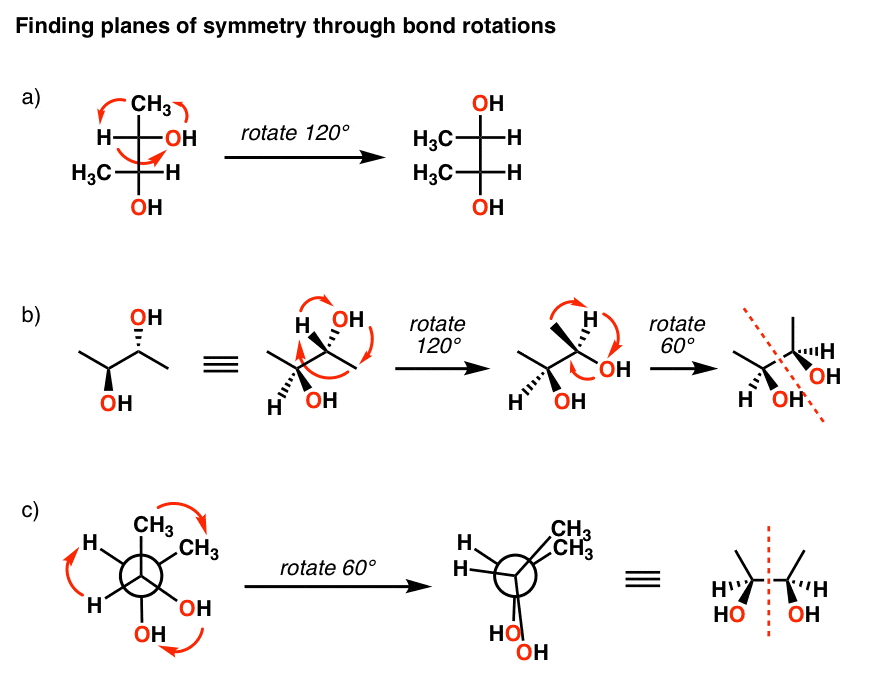Vinyl ester or vinylester is a resin produced by the esterification of epoxy resin with unsaturated monocarboxylic acid.
Vinyl ester molecular structure.
Vinyl ester is dissolved in a monomer or reactive diluent usually styrene the result is a low viscosity liquid having a solids content of 36 39.
Vinyl acetate is a commercially important monomer that is classified as a vinyl ester i e.
Ethylene is now the preferred feedstock for vam vinyl acetate monomer largely replacing the earlier acetylene based process.
An ester of vinyl alcohol.
Vinyl ester refers to esters formerly derived from vinyl alcohol.
Commercially important examples of these monomers are vinyl acetate vinyl propionate and vinyl laurate.
Vinyl ester has fewer open sites in its molecular chain.
Vinyl esters are more tolerant of stretching than polyesters.
Vinyl esters shrink less on curing which means that pre release of a laminate from a mold is less significant.
Vinyl esters undergo homopolymerization via a radical mechanism.
Chemical structure of the vinyl ester resin monomer.
Vinyl acetate is not as hydrolytically stable in polymers as are the structurally similar acrylic esters.
Vinyl esters have enhanced mechanical properties compared to polyesters with physical strength better impact and thermal shock resistance.
Vinyl alcohol containing polymers are prepared by hydrolysis of the corresponding vinyl acetate polymers.
This makes it much more resistant to water penetration hydrolysis which can cause osmotic blistering.
2 acetoxy benzoic acid vinyl ester.
Vinyl ester monomer contains two vinyl end groups that allow cross linked structure to form during the reaction.
Carbonic acid eicosyl vinyl ester c23h44o3 cid 91693137 structure chemical names physical and chemical properties classification patents literature.
2 acetoxybenzoic acid vinyl ester.
Vam is usually produced by the catalysed vapour phase reaction of acetic acid with ethylene and oxygen in a fixed bed tubular reactor using a supported noble metal catalyst.

